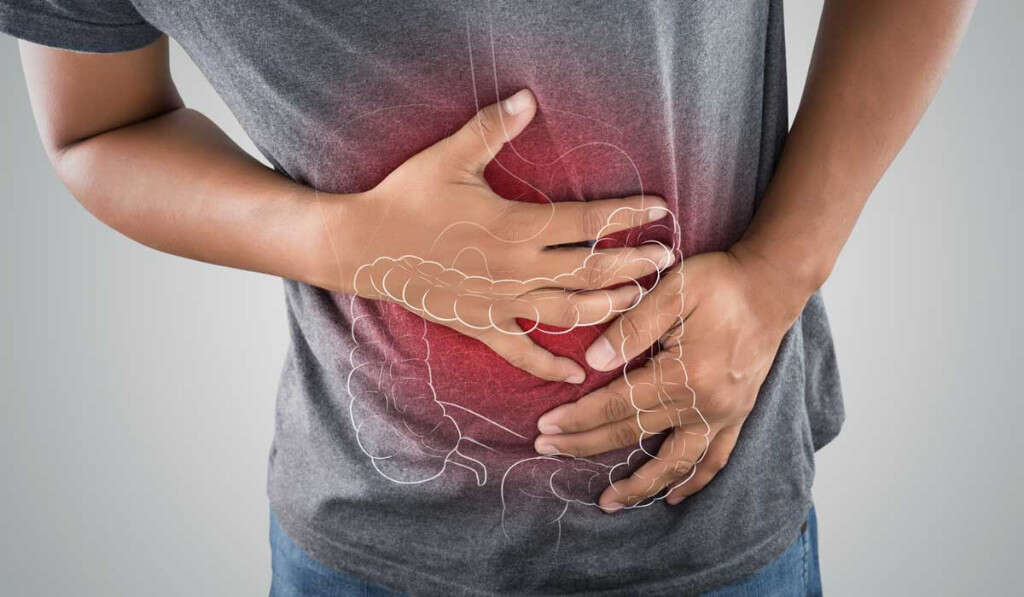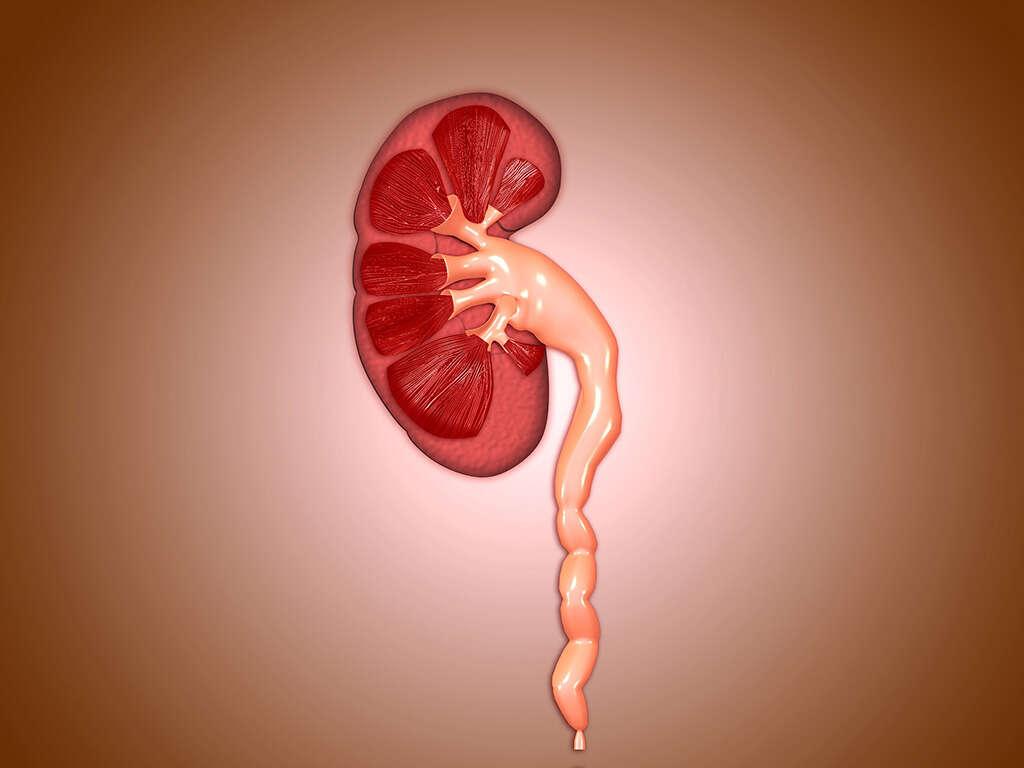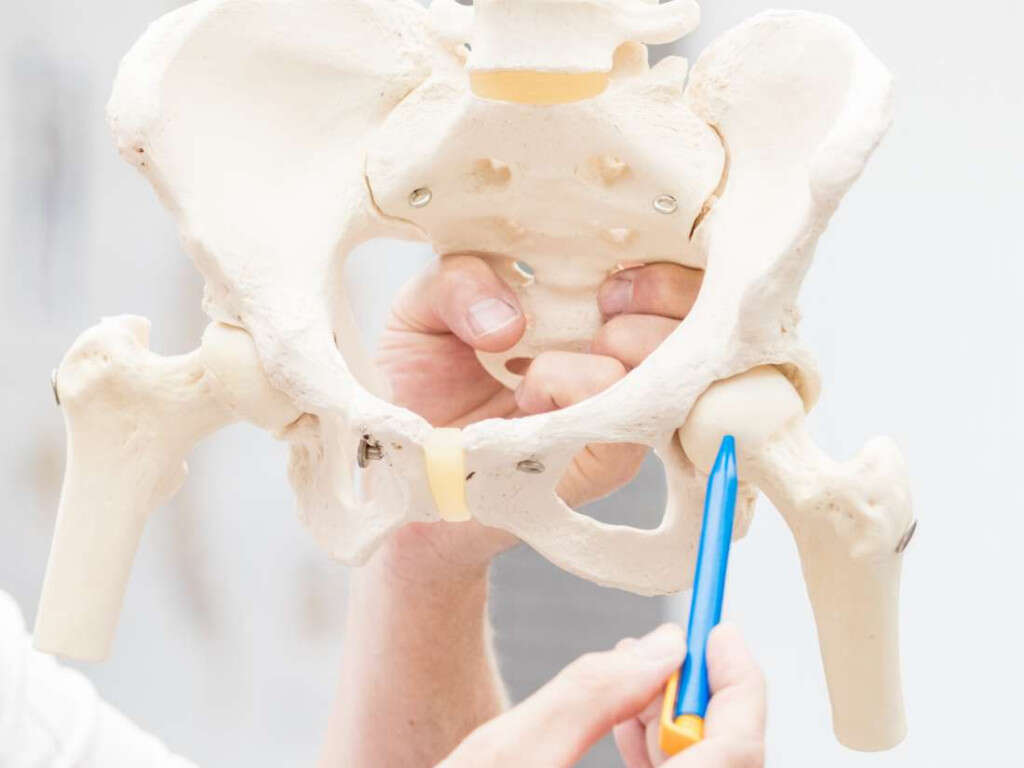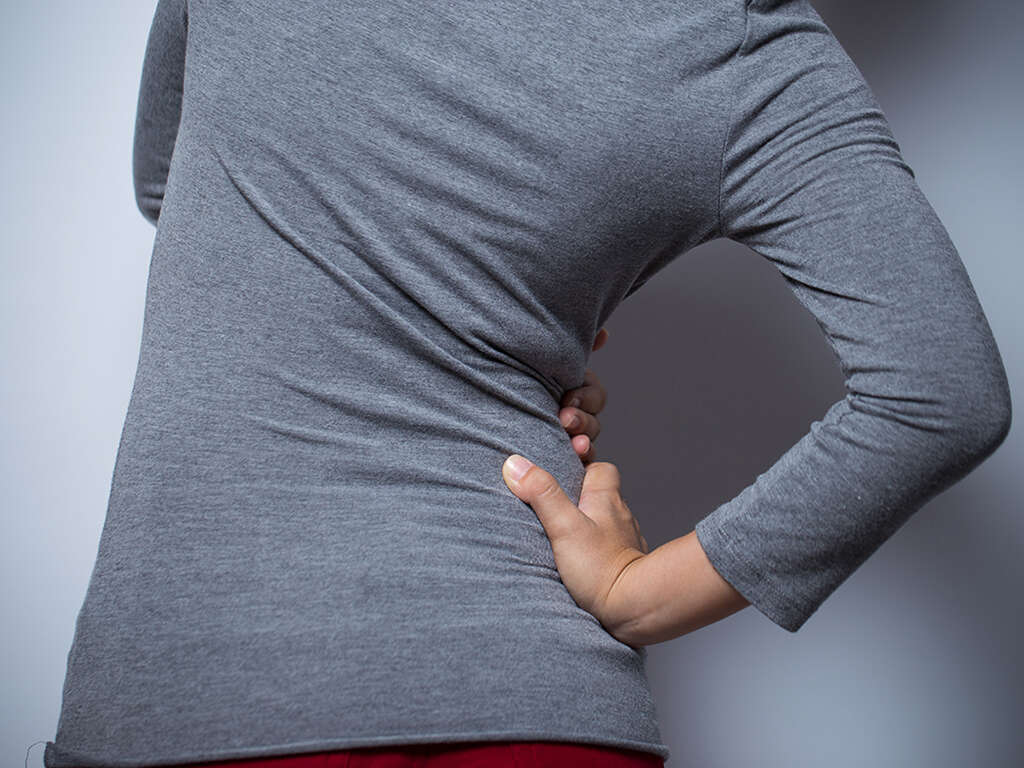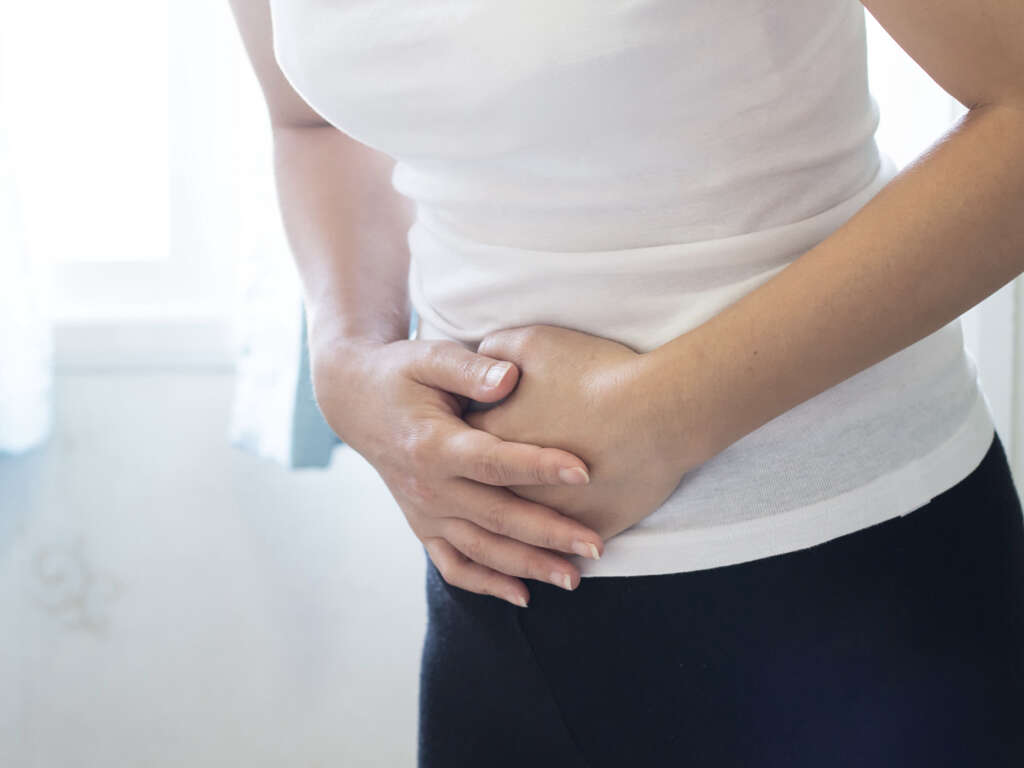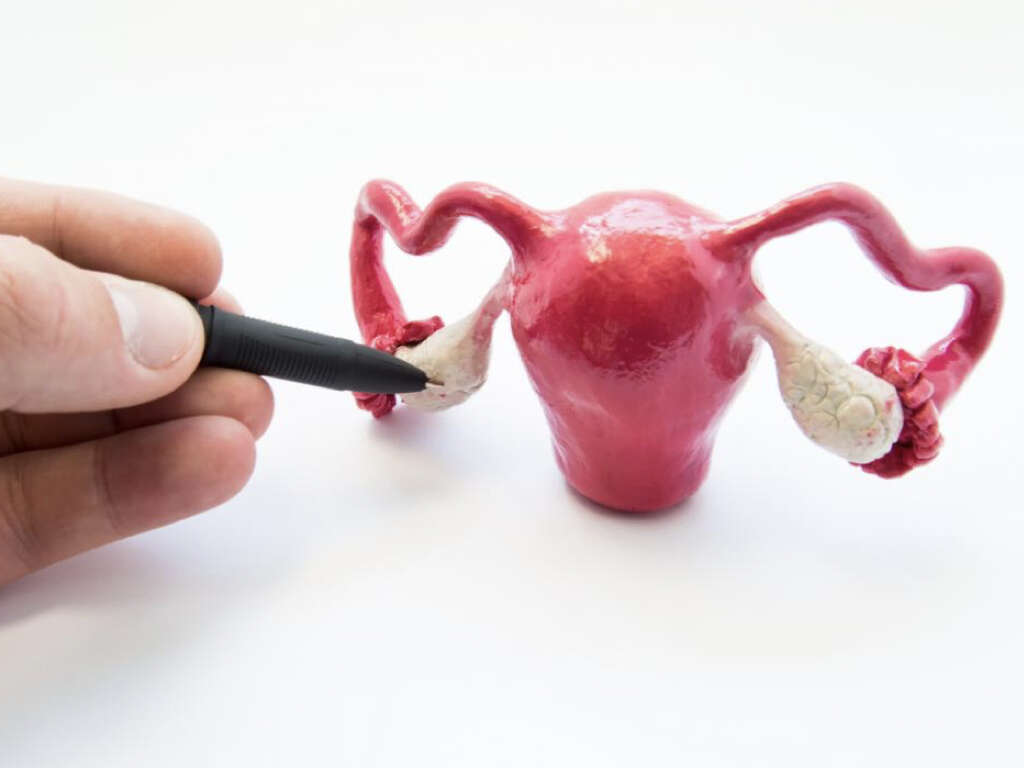10 Causes of Pelvic Pain
Pelvic pain refers to pain that occur in the region of the pelvis. Acute pain is usually more common than chronic pain. Chronic pelvic pain is pelvic pain that lasts for more than 6 months. Pelvic pain can be experienced by both men and women.
In women, diagnosis involves going through history, examination, pregnancy tests, bloodwork, imaging studies, and possible surgical evaluation. While there may be some cases where there is no visible pathology, it should not be the basis for professionals to seek psychological explanations but instead to approach the issue from a psychophysiological perspective. In male patients, the diagnosis of chronic pelvic pain involves the exclusion of other diseases. It is often misdiagnosed as chronic bacterial prostatitis, causing patients to be unnecessarily treated with antibiotics leading to side effects without any benefit. Treatment options may involve a physical therapist consultation, use of anti-inflammatory drugs, neurological agents, hormonal therapy, hysterectomy, myofascial trigger point release, phytotherapy, and relaxation techniques.
Most females will have experienced pelvic pain at some point in life such as experiencing lower abdominal pain or going through puberty. In the year 2007, per the Centers for Disease Control and Prevention (CDC), chronic pelvic pain was the reason for 9 percent of all visits to gynecologists.
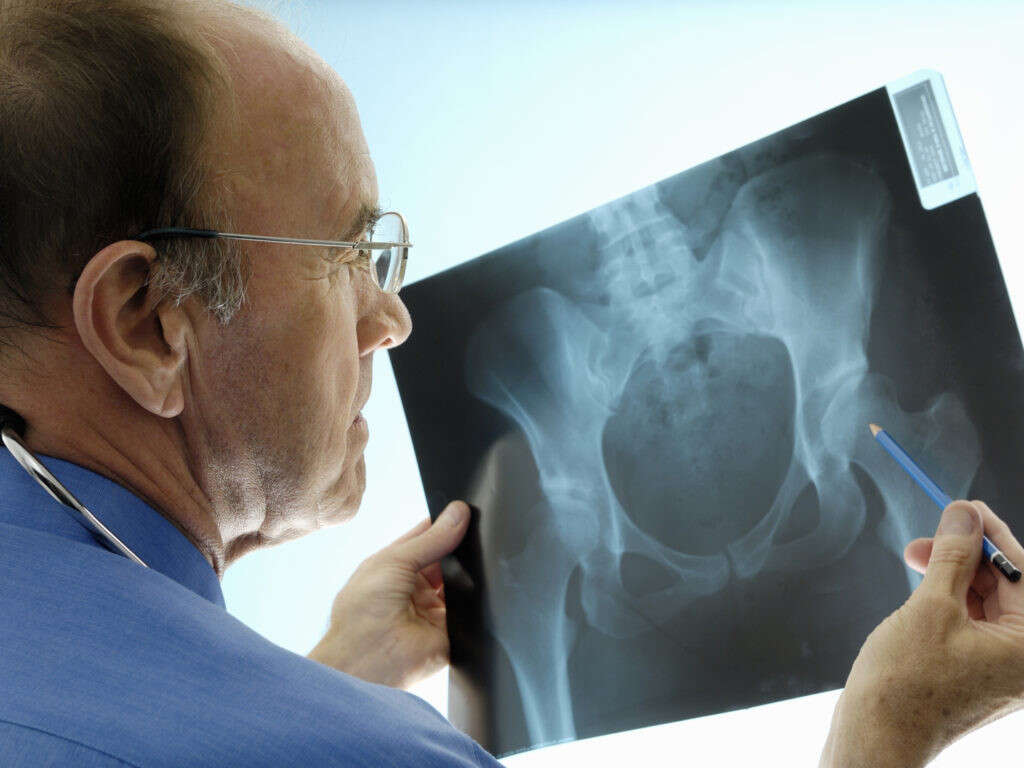
Cause #1: Pudendal Nerve Entrapment
Pudendal nerve entrapment or Alcock canal syndrome is an uncommon condition where there is compression or entrapment of the pudendal nerve. The pain is often worsened when sitting and may include genital numbness. Among cyclists, it is known as the “cyclist syndrome” where there is numbness or pain of the scrotum and penis after prolonged duration of cycling.
There can also be changes in urination and altered sensation during ejaculation. Pain is often relieved by standing, caused by sitting, and absent when lying down.

Cause #2: Pelvic Girdle Pain
Pelvic girdle pain occurs when there is pregnancy discomfort resulting in limitation of movement, instability, or pain from any of three pelvic joints. It is believed to be caused by a combination of factors such as unstable pelvic joints (due to pregnancy hormones), postural changes, changes in center of gravity, and growth of the baby, resulting in varying degrees of discomfort and pain.
Symptoms may begin in the first trimester of pregnancy with pain and tenderness felt over the symphyseal joint. The pain may also be felt in the lower abdomen, groin, hips, and radiate to the inner thighs. Some of those affected may shuffle or waddle with an audible clicking sound from the pelvis.

Cause #3: Endometriosis
Endometriosis is a condition where cells similar to those that line the inside of the uterus grow outside the uterus. This is most commonly seen on tissue around the uterus, ovaries, and fallopian tubes. While rare, it may also occur in other parts of the body. Symptoms of endometriosis are mainly pelvic pain and inability to conceive. About 50 percent of patients with endometriosis experience chronic pelvic pain with 70 percent experiencing dysmenorrhea. Another common symptom is pain during intercourse.
Endometriosis is a condition that can cause both psychological and social effects. Diagnosis is based on symptoms with the help of medical imaging. Treatment may include exercise, avoiding alcohol, pain medication, surgery, hormonal treatments, and gonadotropin-releasing hormone agonist. As of 2015, it has been estimated that about 10.8 million women are affected globally.
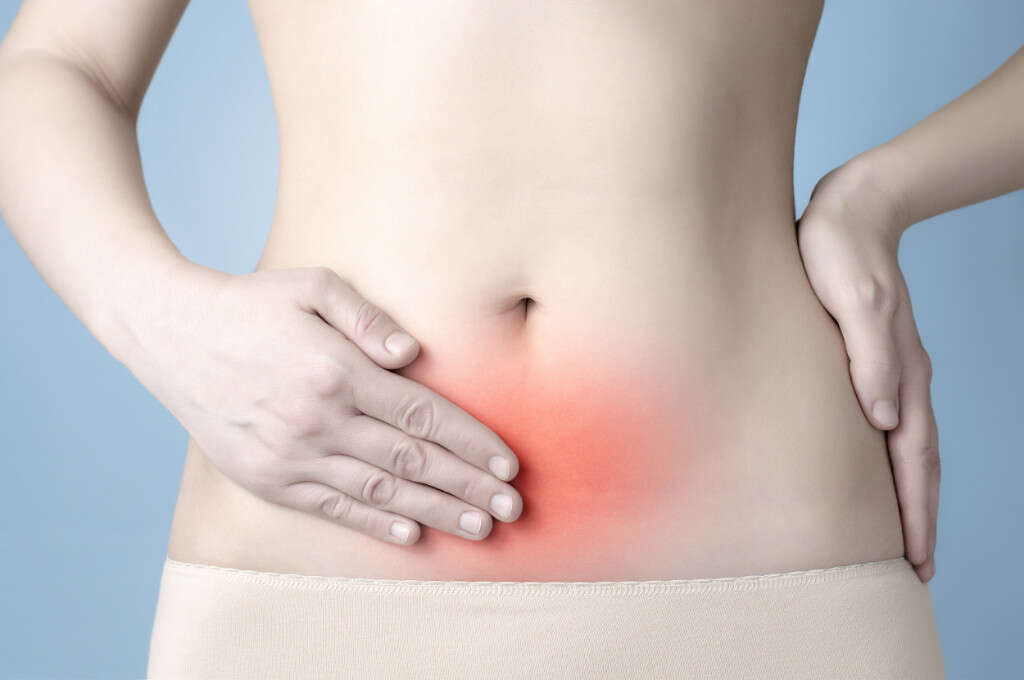
Cause #4: Pelvic Inflammatory Disease
Pelvic inflammatory disease is a condition where the upper part of the female reproductive system is infected. This includes the ovaries and the fallopian tubes. In some cases, there may not be any symptoms. When present, it may include a burning sensation during urination, vaginal discharge, pain during intercourse, fever, irregular menstruation, pelvic pain, and infertility. It can lead to complications such as cancer and ectopic pregnancy.
In 75 to 90 percent of cases, the infection is due to Neisseria gonorrhoeae or Chlamydia trachomatis. Diagnosis is based on the patient’s signs and symptoms with the help of imaging. Treatment usually involves the use of antibiotics. This condition is estimated to affect about 1.5 percent of young women annually.

Cause #5: Menstrual Cramps
Menstrual cramps or dysmenorrhea occurs when there is pain during menstruation. The symptoms only occur during menstruation and usually last less than 3 days. The pain is often felt in the lower abdomen or lower back with associated symptoms such as diarrhea and nausea. While it may occur among young women without any underlying issues, in older women, it usually implies that there may be other conditions such as endometriosis, uterine fibroids, or adenomyosis.
Dysmenorrhea is more common among individuals with irregular periods, heavy periods, or those who go through menarche before the age of 12. Depending on the cause, treatment may involve the use of pain medication, heating pads, hormonal birth control, exercise, massage, acupuncture, vitamin B supplements, and magnesium supplements.

Cause #6: Ectopic Pregnancy
An ectopic pregnancy occurs when the fertilized egg does not implant in the uterus. It can cause signs and symptoms such as abdominal pain, pelvic pain, vaginal bleeding, late menstrual period, and other symptoms of an early pregnancy. The pain may be dull, crampy, sharp, and spread to the shoulder if there is bleeding into the abdomen.
Bleeding occurs as the embryo is growing in a site other than the uterus, a site that is unable to expand and allow the continual growth of the embryo. For example, an ectopic pregnancy in the fallopian tube will cause the tube to rupture leading to bleeding. Severe bleeding can result in shock, fainting, and tachycardia. Women at risk include those with pelvic inflammatory disease, prior tubal surgery, chlamydia infection, history of infertility, and use of assisted reproductive technology.

Cause #7: Ovarian Cyst
An ovarian cyst is a fluid-filled sac that is located within the ovary. In most cases, the affected person has little to no symptoms. In some, it can cause lower abdominal pain/pelvic pain, lower back pain, and abdominal bloating. Most cysts are harmless. However, when the cyst ruptures or causes an ovarian torsion, there can be severe pain, feeling faint, nausea, and vomiting.
Most cysts are related to ovulation such as the corpus luteum cysts or follicular cysts. It may also be due to dermoid cysts, endometriosis, and cystadenomas. Multiple small cysts in ovaries may also be due to polycystic ovarian syndrome. Rarely, it is a form of ovarian cancer. Diagnosis is done through medical imaging and pelvic examination. Management includes observation, pain medication, hormonal birth control, and surgery.

Cause #8: Proctitis
Proctitis refers to the inflammation of the lining of the rectum and anus. This condition only affects the last 6 inches of the rectum. Patients often experience a continual urge to defecate, tenderness, and irritation in the affected region. There can also be blood or pus in the discharge from the anus along with cramps and pelvic pain. If there is bleeding, it can result in anemia, pallor, dizziness, weakness, and shortness of breath.
Proctitis can be idiopathic or caused by sexually transmitted infections such as chlamydia, gonorrhea, syphilis, and herpes simplex virus 1 and 2.

Cause #9: Ovarian Torsion
Ovarian torsion occurs when the ovary twists and causes decreased blood flow. Patients often present with one-sided pelvic pain and nausea. It can lead to complications such as bleeding, infertility, and infection.
Risk factors of an ovarian torsion are pregnancy, ovarian enlargement, ovarian cysts, prior tubal ligation, and fertility treatments. Diagnosis is made via a transvaginal ultrasound, a computed tomography scan, or surgery. Treatment will require surgery to untwist and fix the ovary in place. If the ovary cannot be saved, surgery is also required to remove it.
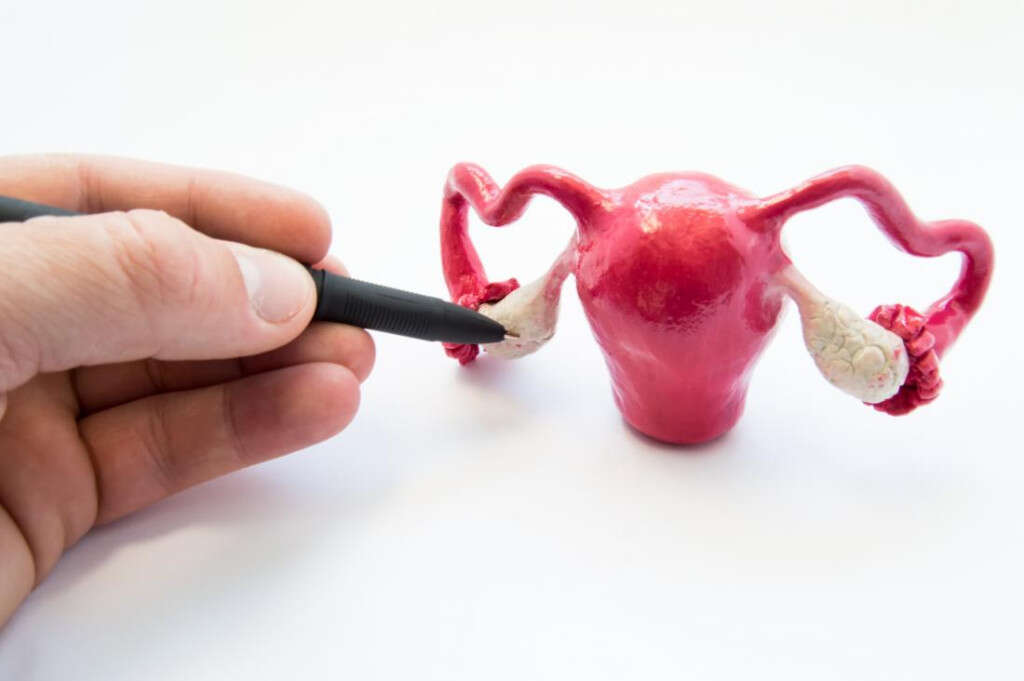
Cause #10: Colitis
Colitis refers to inflammation of the colon. It can be acute or chronic. Symptoms of colitis include abdominal pain, tenderness, pelvic pain, bloody diarrhea, pus in the stool, flatulence, fecal incontinence, appetite loss, unexplained weight loss, shortness of breath, fatigue, fever, and irregular heartbeat. Less common symptoms are mouth ulcers, arthritis, red eyes, and irritated skin. Diagnosis may involve medical history, physical examination, laboratory tests, medical imaging, and biopsy.
Some examples of colitis include inflammatory bowel disease, Crohn’s disease, ulcerative colitis, chemical colitis, microscopic colitis, radiation colitis, and ischemic colitis. Treatment depends on the type of colitis.
